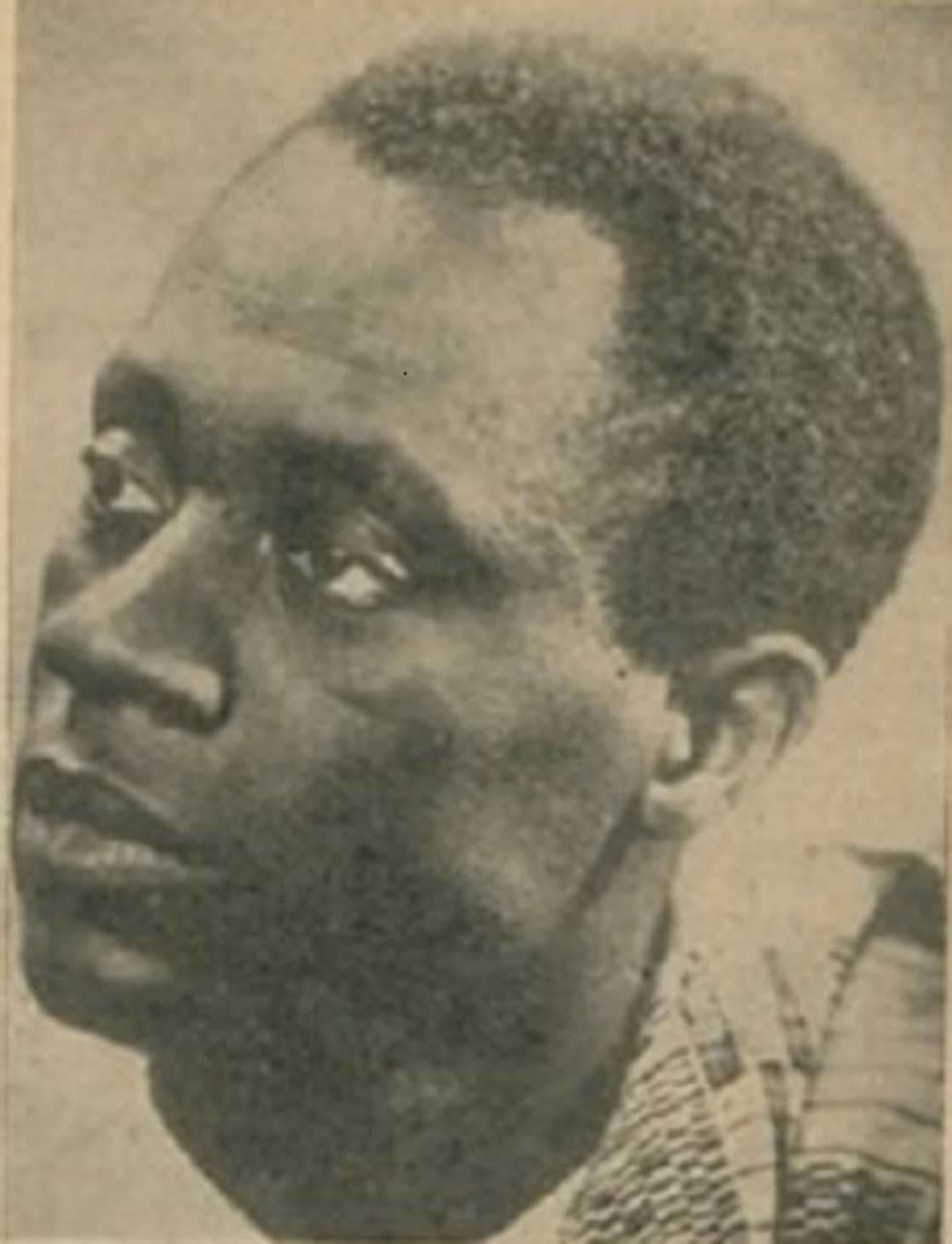State artist Kofi Antubam pioneered the massive use of Adinkra in Ghanaian arts
- Kofi Antubam was born in 1922 and became a leading influential modern Ghanaian artist
- He spearheaded the huge use of the Adinkra symbols in Ghanaian art
- He was later appointed a state artist by Osagyefo Dr. Kwame Nkrumah
- Antubam developed various works of arts and craft including Nkrumah's presidential mace and chair in the 1950s
Born in 1922, Ghanaian Kofi Antubam was an influential and pioneering modern artist in Ghana who led the massive use of the Adinkra symbols in Ghanaian art.
Kofi Antubam was appointed a state artist by Kwame Nkrumah in 1957. He designed the first presidential seat, the presidential mace and the state sword.
Antubam was born to the family of Maame and Nana Mensah.
His father died when Antubam was at a young age, thereafter his uncle took him to Kumasi to start his education.
He later spent some time in Jos, Nigeria and also at Adisadel College. It was while at Adisadel College that he was encouraged to develop his craft.
The principal, Father John Knight suggested to the governor, Arnold Hodson to commission the young Antubam to make a clay bust.
After favorable reception of the sculpted work, he obtained sponsorship to attend Achimota College.

Source: UGC
READ ALSO: Exceptionally brilliant Ghanaians awarded full scholarships to revered US universities
At Achimota College, he was a pupil of a Russian born sculptor and art teacher, Herbert Vladimir Meyerowitz, a teacher who encouraged his students to absorb everyday community life as inspiration and not just copying European art traditions.
Antubam's years at Achimota included completing an arts and craft course, teacher training course and a primary course.
After graduation, Antubam supported himself through teaching, he also produced and sold figurative paintings.
Between 1948 and 1950, he won a scholarship to study at Goldsmith College, London.
In the 1950s, Antubam developed various works of arts and craft including Nkrumah's presidential mace and chair, various state commissioned relief mural carvings.

Source: UGC
In 1963, he published Ghana's Heritage of Culture, a book that treats Ghana's contribution to the world of art and a medium Antubam used to make a case for a national art that represents Ghana's political and cultural history.
READ ALSO: Meet the St. Augustine’s College genius who stunned Ghanaians at the NSMQ competition
Yenkasa: Is it likely for the Black Stars to win this year's AFCON? | #Yencomgh:
READ ALSO: Foster child left with 4 bedroom house set free after family 'framed' her
Have national and human interest issues to discuss?
Know someone who is extremely talented and needs recognition?
Your stories and photos are always welcome.Get interactive via our Facebook page.
Source: YEN.com.gh

